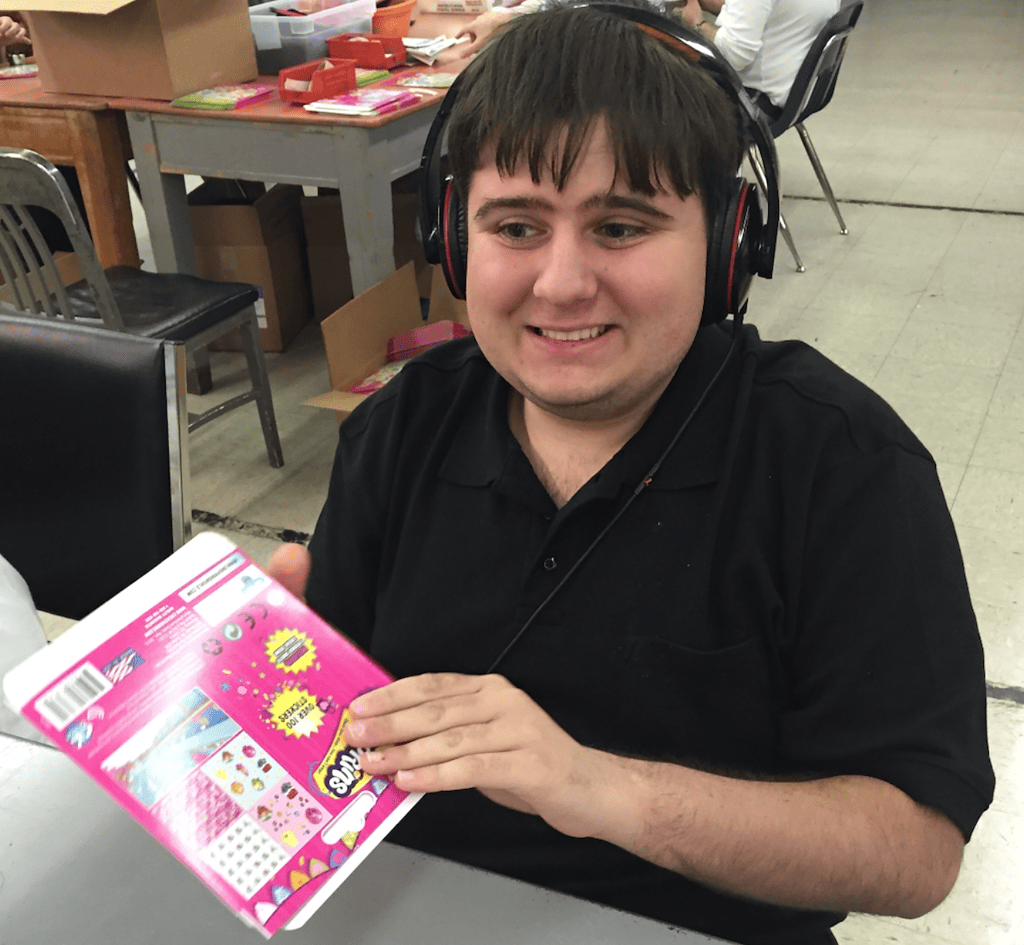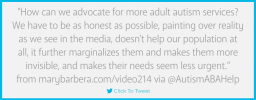This is a very important topic as the rate of autism continues to increase, from 1 in 500 in 1999 when my son Lucas was diagnosed to 1 in 54 two years ago to 1 in 44 just reported by the CDC in early December 2021. The number of adults with autism will be dramatically increasing in the future and this means the need for adult autism services will continue to explode at unprecedented rates.
Autism Diagnosis Levels
When Lucas was diagnosed, the DSM-4 (Diagnostic Statistical Manual Version 4) was used and it classified autistic disorder as a classic or as severe autism. Autism Spectrum Disorder also had Asperger’s, PDD-NOS, Retts syndrome and Childhood Disintegrative Disorder.
When practitioners went from DSM-4 to DSM-5 in 2013, that’s when everything collapsed into one diagnosis of Autism Spectrum Disorder and more mild forms of autism including Asperger’s Syndrome were eliminated. I did a video blog on this if you’re new to this topic.
When the DSM-5 came out, social media blew up. And adults with autism who were conversational and could self-advocate started advocating for themselves – as they should. But now the pendulum has swung to one direction where politicians and the media are heavily focused on the more mild end of the spectrum and affecting the care and services needed for those adults with severe autism. Some now say we shouldn’t have places for them to go into pre-vocational programs (otherwise known as sheltered workshops) or we shouldn’t have residential placements.
“Honestly, I think there’s been an all out assault on the severe autism community,” Jill Escher told me. She said that disability rights advocates have a very rosy view of what autism actually is, and that there’s a “pervasive denialism” about the levels of disability in autism and what certain people’s lifespan needs will be.
“One example was sheltered workshops. The disability rights crusaders have very successfully been limiting access to non-competitive employment for people with severe disabilities. The idea is that people with disabilities shouldn’t be paid less than people without disabilities. I’m all for somebody getting a competitive, integrated job, if they can. I’m all for supports for that person. But the fact of the matter is anybody with two eyes can see that that is not possible for probably the majority of people with autism. I mean, the data really shows that people with autism have incredibly low rates of employment.”
Only 10% of people that have been diagnosed with autism spectrum disorder are actually competitively employed and happy with that employment.

Give Autism Employment Support
When it comes to employing adults with autism, Jill said that what we should be doing is giving support inside jobs that people with autism can do. “The vast majority of the population inherently lacks the ability to do this work. They lack the cognitive ability. They lack the functional ability. They have behaviors, they need supports. Somebody who is throwing a tantrum and kicking down the machinery at work is not going to be invited back.”








